I was absolutely delighted when I found out that Tim Schafer’s studio Double Fine was going to be resurrecting Psychonauts. It is one of the best platform-adventures of all time, made right at the end of the genre’s golden age in 2005. It starred a young psychic acrobat, Raz, who made his way to a summer camp for psychic warriors and ended up learning how to explore the inside of people’s minds. If you didn’t play it, it’s exactly as brilliant as that summary might suggest.
It was also the victim of an extremely troubled development period. Psychonauts was cancelled by its original publisher, Microsoft, before being resurrected by Majesco, which then went bust. It didn’t sell too well at the time of its release, though its great critical standing meant that it has done pretty well on Steam and elsewhere in the intervening ten years. (It has actually ended up selling about 1.7 million altogether, according to Double Fine.) Psychonauts was a difficult sell for publishers at the time, and Schafer told me that actually the situation isn’t that much different now.
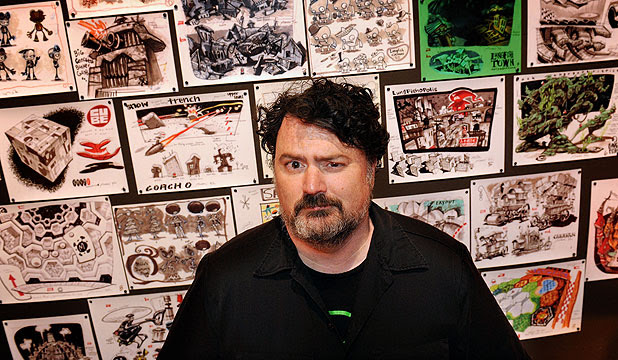
Tim Schafer of Double Fine.
“We always wanted to make more of Psychonauts because there is a story there that is much bigger than the first game,” says Schafer. “We hint at that in elements of Raz’s backstory and the story of his family, how they have this curse to die in water. We kind of dropped that as a throwaway line in Psychonauts. But we want to explore it in a second game, along with more different minds.
“But then we got busy with Brutal Legend, and then the smaller games like Costume Quest and Stacking and all that, and once everything was going well with the smaller projects, I started thinking: ok, it’s time to revisit Psychonauts 2. This was back in 2011. I started pitching it, took it round publishers and got a similar response to what I got when the first one was cancelled, which was literally saying things like ‘it’s really creative, it’s just too bad publishers aren’t going for creative games anymore.’ I’m like, what are you talking about? You could if you wanted to! I was getting despondent about that.”
There was a sudden flurry of excitement around Psychonauts 2 back in 2012, when Minecraft creator Notch joked around with Tim Schafer about funding a sequel on Twitter. Apparently he very nearly did actually fund a Psychonauts sequel, and it was this that reawakened Schafer to the possibility of making one.
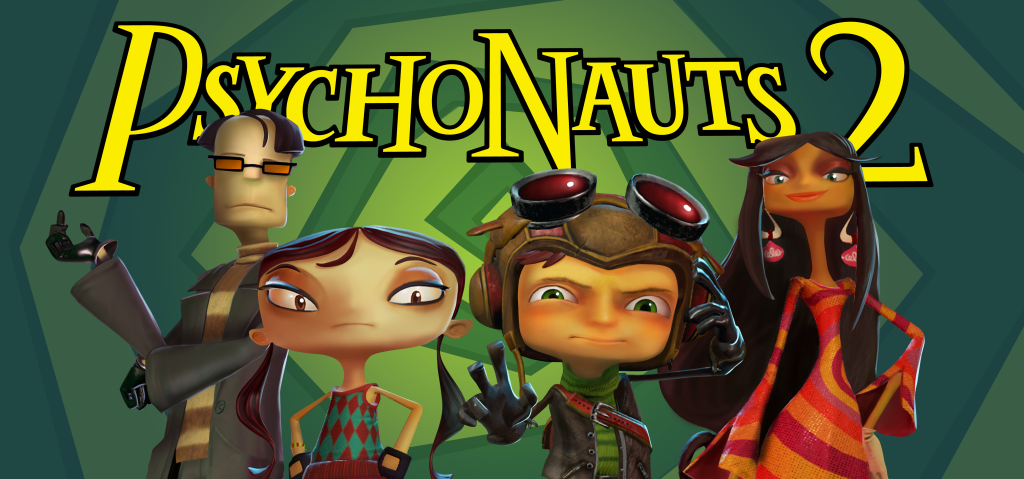
“I remember that day, because I woke up and my phone had about 40 messages,” laughs Schafer. “The thing was, that was the day before we were launching our Kickstarter for Broken Age. We were all geared up for that, so we were like, that’s great, Notch, but we can’t talk about it right now.
“But then we did talk about it a little bit, with him. We went down the road a little bit. He was sincerely interested in helping make it happen, but the budget was a little higher than he was expecting and I think for other reasons he just wants to fade into the shadows nowadays, not be as involved with high-profile things. It didn’t work out, but when he started talking about it, it woke up the part of my mind that had kinda given up on the concept that Psychonauts 2 could happen.”
“Every brain that you meet, every person that you meet, you can wonder about what’s going on inside their mind”
Now that Broken Age is out of the door, Double Fine has the time to devote to Psychonauts 2. It won’t be the studio’s sole focus – other ongoing projects are still going ahead, and Schafer reckons it’s best for the company creatively and financially to have multiple irons in the fire at once – but it will be the biggest game the studio has ever worked on. That is, if the funding drive succeeds.
Psychonauts 2 is being crowd-funded in a slightly different way to Broken Age and Massive Chalice. New crowdfunding platform Fig – founded by ex-Double Fine COO Justin Bailey – allows both punters and investors to contribute to a project’s funding, and enables those contributors to see a return on their investment.
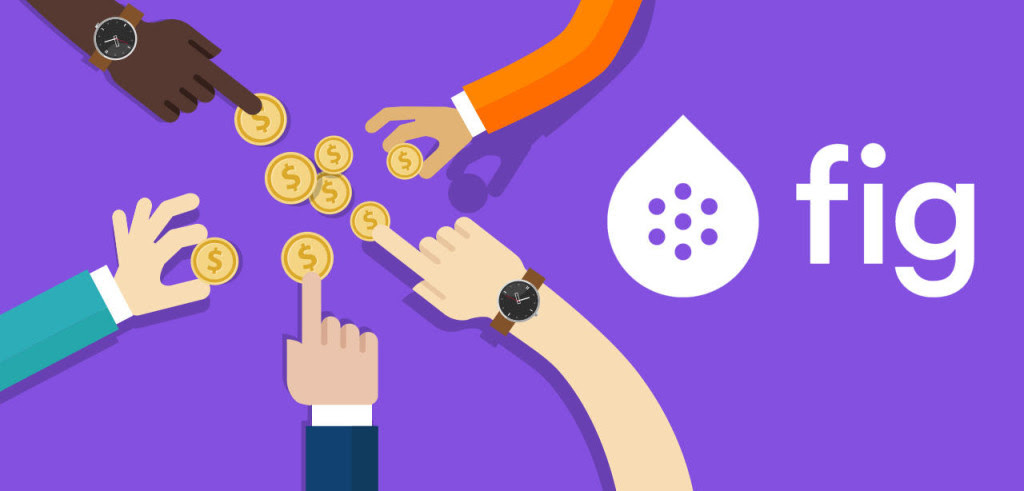
“Crowdfunding was amazing for us,” says Schafer, “but I a lot of people were very sceptical: they think it’s a scam, you’re getting something for free. I don’t agree with that, because you are enabling something creative to exist, and that is empowering. But a part of me was like… I don’t just want to make smaller games forever, I want to do big games and fund them, but if you’re asking for that much money you can’t really do it the same way. And the question is always, what if you get rich? What if you make a lot of money? What about the people who made it possible, what do they get? And so I asked, in 2012, is there a way to share the profits in even a small way? And I was told no; in fact that’s illegal, here in the US, because of protections after the Depression.”
The law has recently changed, though, and this kind of investing is now regulated but legal, which is what prompted Bailey to found Fig and take Schafer, Harmonix’s Alex Rigopulos, Brian Fargo and others on as advisors. “We were all really excited about this idea of being able to give something back to the backers, and also welcome in people who were not going to invest in something because of a passion, but who have money to invest,” Schafer explains. “This can rise above the glass ceiling that we have hit with crowdfunding.”
Schafer seems as creatively excited by the prospect of the new Psychonauts as I was to hear about it. The premise of Psychonauts is essentially infinite, after all: every person has their own vibrant inner world worth exploring. “I’ve been digging out these notes, just 10 years’ worth of occasionally adding to this google document of brain ideas,” Schafer tells me. “You know whenever you meet somebody and you’re like, I wonder what it looks like inside their mind? And I can’t help but write that down. I find those concepts so fascinating, the kind you read about in an Oliver Sacks book, the different ways that you brain takes the world and manifests it as a psychological construct.
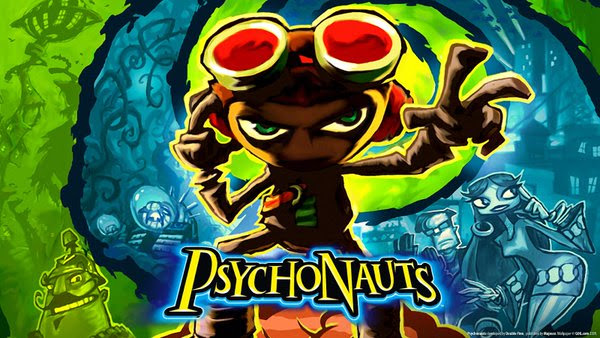
Art from the original Psychonauts.
“It happens in dreams all the time, where you turn your problems into monsters or your family members into furniture, the different weird metaphors that you make up when you’re asleep. That’s the basis of Psychonauts. Every brain that you meet, every person that you meet, you can wonder about. How would their unique situation in life, their hopes and dreams and nightmares and aspirations, be represented inside their brain? And that’s why we’re making a sequel, really, because ideas for it just kept popping up over the years.”
Schafer is confident both in the prospect of crowdfunding, and in Double Fine’s ability to make a 3D platformer. “We’ve crowdfunded twice, we’ve shipped both games, so I feel like we have the credibility that when we crowdfund something ,we ship it. It’s very transparent,” he says.
“We’re in the early stages of pre-production right now. We have a few pieces of concept art and some rendering of Raz. Mechanically it’s going to be true to the first game, which is an action adventure platformer; there will be some new powers mixed in with the old powers, and another series of mental world levels with a unique gameplay twist to all of them. But it will also be much more refined, bringing our additional 15 years of experience to bear on making the game play really well.
“In 2000, when we started the company to make Psychonauts, I had never made a console game! And no-one on the team had either. We’d always just been making point and click graphic adventures, and doing a game based on physicality – about an acrobat, no less – was a challenge. That’s why it took us 5 years to make that game. Now we’ve done a lot more of everything We can bring that experience to bear on Psychonauts 2.”
Seems like we’ll see Psychonauts 2 before 2020, then. With so much of the original team involved – Erik Wolpaw on writing, Peter Chan and Scott Campbell on art, Peter McConnell doing the music and voice actors Richard Horvitz (Raz) and Nikki Rapp (Lily) back on board – this is a bit of a dream come true for anyone who loved Psychonauts. It feels like a dream come true for Double Fine, too.

This post originally appeared on Kotaku UK, bringing you original reporting, game culture and humour with a U from the British isles.
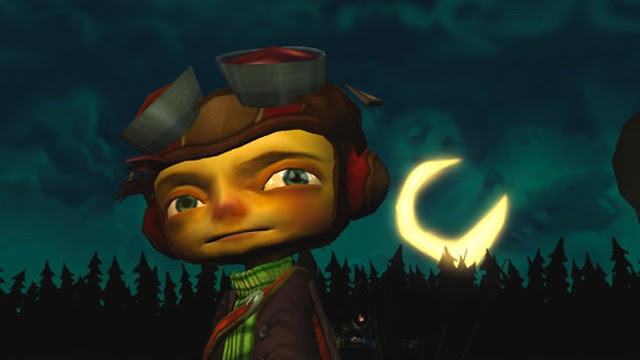
Comments
15 responses to “How Psychonauts 2 Came To Be”
Shorter (and probably truer) version: Tim Schafer wanted something big to promote his fig.co “crowd funding” company, so he decided to make Psychonauts 2 because it’s the only thing people would believe he might actually produce the game even after the terrible rip off that was Broken Age.
While I wouldn’t characterise Broken Age as a rip-off, I agree that desperation is likely the driving force behind this move.
A lot of people enjoyed Broken Age and he’s been talking about making a sequel to Psychonauts for a long time. The negativity that pops up in game site comment section is gross, any time something is announce so many people try to discredit it.
So they can find funding for the Psychonauts VR game but not the sequel? And who would be crazy or stupid to invest in Psychonauts 2?
Sony likely helped fund the Psychonauts VR game. From Sony’s perspective, it helps generate interest in Playstation VR.
I really wanted to read this article, but for some reason as soon as I scroll about a quarter of the way down it, the links and ad from the right side of the page jump across to the left side and obscure a whole lot of the article’s text. Am I the only one having this problem?
That happened to me – try refreshing the page. That seemed to work for me.
Nah, still doing it.
For some reason all the comments are showing in a tiny font, too. I suspect some kind of css fail somewhere…
I thought everyone was just commenting really really quietly
I never did get to play psychonauts, my pc was not powerful enough to play it.
Maybe i should re visit it.
Did the game even need a sequel?
No, and neither did plenty of other games with fantastic sequels.
Well, the storyline did end on a big question mark. It felt as if a sequel was planned for it.
I’m super keen and have thrown my wallet at the screen already.
WOO PSYCHONAUTS
Dont forget they screwed over people who bought into early access as well
Won’t fund but will but on release. First one was great